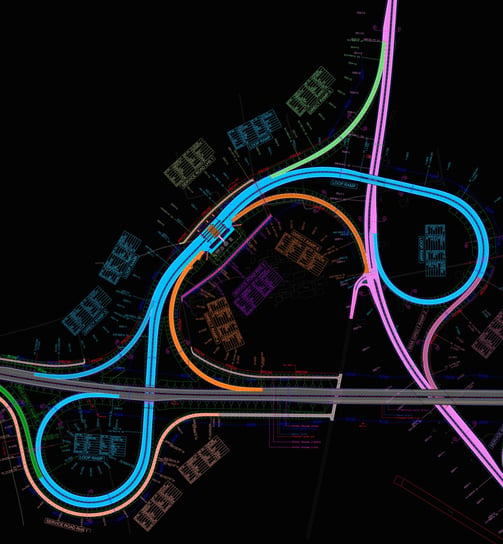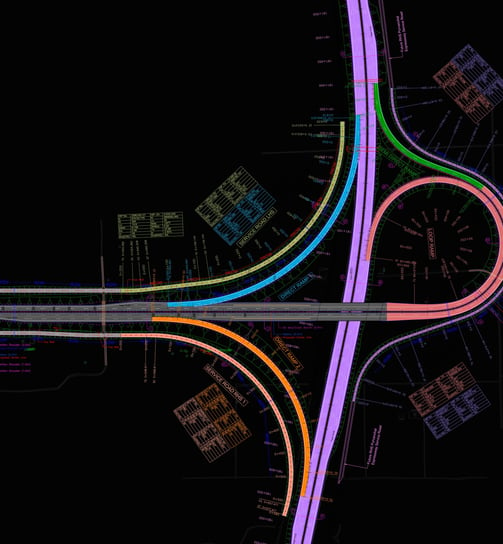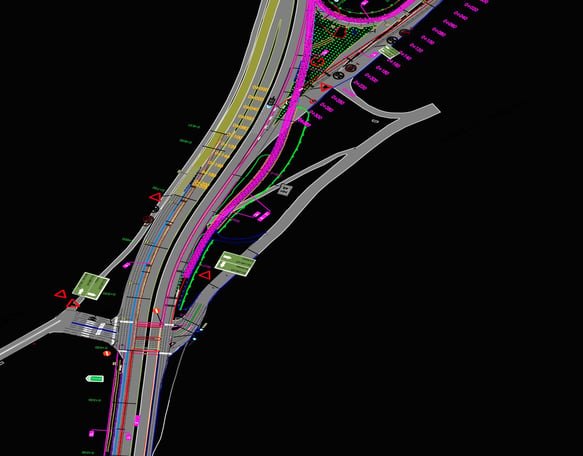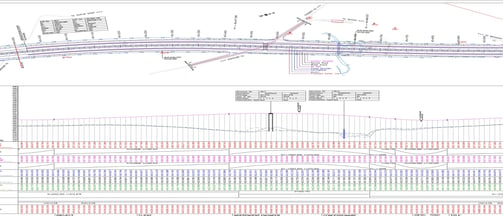"We stand as a prominent consultancy service provider specializing in Civil Infrastructure, Engineering, and Design. Our strength lies in tackling intricate challenges and offering innovative solutions, backed by thorough research and impeccable judgment. Our unwavering commitment is to empower our clients with informed decisions, enabling them to unlock their full potential."
Core -Sectors
Planning
Concept Design
Pre - Construction
Pre - Bid Advisory
Feasibility Study
Detailed Project Report
Detailed Engineering Design
Tender Budget & Cost Control
During Construction
Authority / Independent Engineer
Proof - Check Advisory
Road Safety Audit
Post - Construction
Asset Management Advisory
Traffic & Technical Due Diligence
Pavement Evolution And Maintenance Advisory
SERVICES
With the rapid growth of population and urbanization, the pressure on road infrastructure has increased significantly. To meet the growing demands of the communities, there is a need to upgrade and improve road infrastructure, transportation, and highway facilities. Roadway Dynamics Pvt Ltd (RWD) is a well-known and experienced Infrastructure Design & management consultant in India.
RWD understands the need for constant advancements in this field. Using the latest engineering technologies, RWD offers top-notch consultancy services for the development, expansion, reconstruction, and reconditioning of various types of roads, including Highways, Expressways, Urban Roads, and Rural Roads. They have expertise in delivering projects on various basis such as BOT, DBFOT, PPP, EPC, and HAM. RWD strives to provide the best solutions for road infrastructure needs, ensuring safer and more efficient transportation for the growing population.


Interchanges
Interchange highway design is a crucial aspect of urban planning and transportation infrastructure. It involves the creation and optimization of complex networks of roads, bridges, and ramps that allow for efficient traffic flow and safe navigation between different routes. The design process involves careful consideration of factors such as traffic volume, speed limits, and exit points, to ensure smooth transitions and minimize congestion. Engineers use advanced computer simulations and modelling techniques to study the impact of various design options and make informed decisions. The goal is to create interchanges that provide easy access to different destinations, reduce travel time, and enhance overall road safety. With the continuous advancements in technology and growing urban populations, interchange highway design plays a pivotal role in ensuring the efficient movement of people and goods.
Bridges
Bridge design is a complex process that requires careful planning and engineering expertise. The main goal of bridge design is to create a structure that can safely support the weight of vehicles and pedestrians while withstanding various environmental factors such as wind, earthquakes, and temperature changes. Engineers consider several factors when designing a bridge, including the type of materials to be used, the span length, and the desired aesthetics. The design process involves analyzing the site conditions, determining the appropriate load capacities, and selecting the most suitable structural system. Computer-aided design software is often used to create detailed models and simulations to ensure the bridge's stability and durability. Overall, bridge design requires a combination of technical knowledge, creativity, and attention to detail to create a safe and functional structure.


Airstrips & Railway
Highway geometrics design refers to the process of planning and designing the physical layout and features of a highway. This includes determining the alignment, cross-section, and grades of the road, as well as the placement of ramps, interchanges, and other infrastructure elements. The goal of highway geometrics design is to ensure safe and efficient movement of vehicles, while taking into consideration factors such as traffic volume, speed limits, and the surrounding environment. Engineers and transportation planners use various tools and techniques, such as computer-aided design (CAD) software and traffic simulation models, to develop and analyze different design alternatives. Through careful consideration of these factors, highway geometrics design plays a crucial role in creating roadways that are functional, reliable, and provide a positive driving experience for motorist
Pre-Feasibility and Feasibility Studies
Detailed Project Reports (DPR)
Detailed Engineering/Design
Value Engineering
General Design Consultancy (GDC)
Proof Checking Consultancy
Construction Supervision
Project Management Consultancy (PMC)
Contract Management
Authority Engineer
Independent Engineer
BOT/DBFOT /PPP projects
Due Diligence Services
Road Safety Studies/ Audit
Economic and Financial Analysis
Condition Assessment and Asset Management
Rehabilitation and Resettlement Action Plan (RAP)
Geo-technical Investigations
Pavement Investigations, including FWD
Roughness Survey
Construction Material Testing
Network Planning
Tendering / Prebid Services
Traffic and Transportation Studies
Our services across Highways, Railways, Airstrips & Bridges




Highways
Airstrips and railway geometries design plays a vital role in the planning of transportation infrastructure. The process entails determining the most optimal layout and dimensions for these structures to ensure safe and efficient operations. Airstrips must be designed with specific considerations in mind, such as runway length, width, orientation, and the inclusion of necessary lighting and navigation aids. On the other hand, railway geometries involve designing tracks, switches, and crossings to allow for smooth and seamless train movements. This entails a careful analysis of factors such as curvature, gradient, and alignment to maintain stability and prevent derailments. Effectively designing both airstrips and railway geometries is crucial in facilitating the movement of people and goods, improving connectivity, and enhancing overall transportation efficiency.
